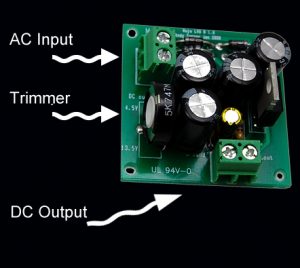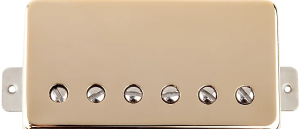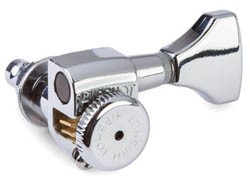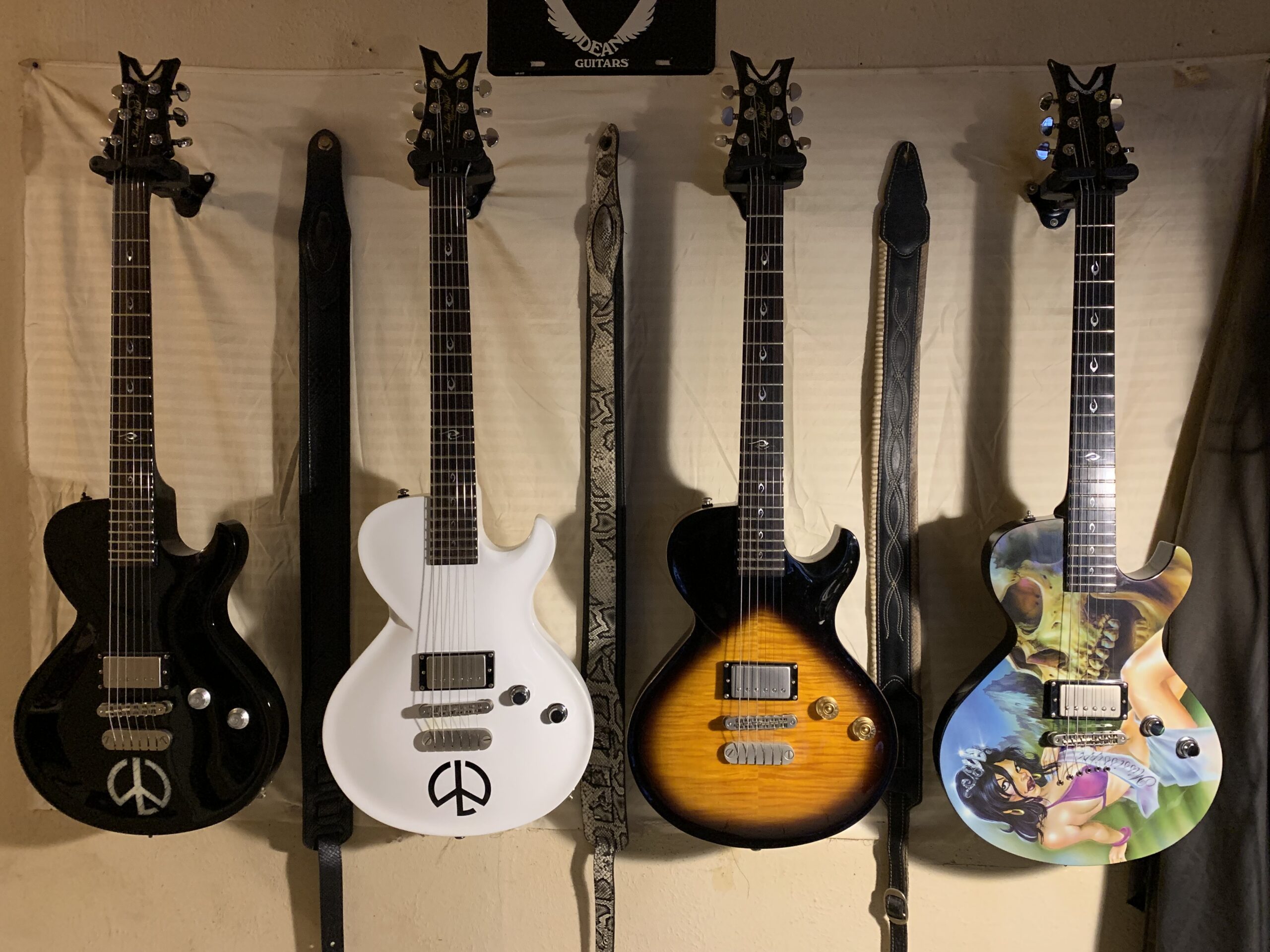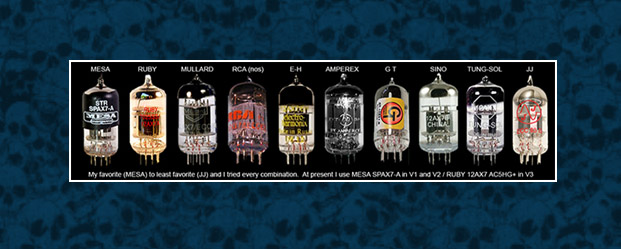
The Preamp Tube Maze
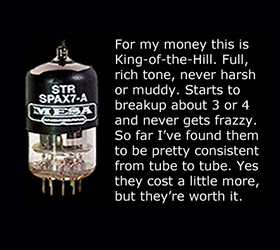
Preamp Tube Maze of Confusion
Preamp tube (12AX7) selection is a subject that will return as many opinions as there are guitar players. It’s the preamp tube maze of information and opinion (or should I say MIS-information) If you research any “preamp tube” (or any other vacuum tube or “valve” for that matter) on the net like I did, your head will be filled with so much conflicting information it just might explode! The thing is, it’s not exactly wrong information, it’s just that the sound generated by tubes is subjective. What sounds good to me might sound like fingernails on a black board to you. That’s a bit of an exaggeration to illustrate my point, but even slight variations in construction or materials will change the tubes character which can, and often will, make or break a valve.
To begin, the first change I made was to dump the cheap power tubes and plug in a matched set of new Mullard EL84s which have always been my favorite. I then re-biased the amp. Then I began my journey through the preamp tube maze.
Alot of cats really like the JJ brand. In fact that was the first swap I did to my Jet City JCA20H. I hated them and could not get them out of there fast enough. They were terrible. Flat in the mids and lows and spikey in the highs. Thus my trek began with determination to find the best sounding tubes possible. I ended up with just about every 12AX7 from every manufacturer as well as every 12AX7 variant (including the 7025) over the course of 4 months. I tried matched sets as well as random combinations in order to find what I was looking for. There were several that I liked but only one combination nailed the tone I was chasing: V1=MESA SPAX7-A / V2=MESA SPAX7-A / V3 (or PI)=RUBY 12AX7AC5HG+ (note: the MESA will cost a little more but it’s money well spent in my opinion) And believe me, I spent some money here folks, but in the end it was all worth it. All of the other tubes I found to be either too harsh or muddy or flat sounding so I gave them away to some cats I met over at the Jet City Facebook page who needed replacements but couldn’t go the bucks for a new set at the time. Some of them are still in use because they like them, which only goes to show what we all knew anyway, that tone is totally subjective. In fact I didn’t write this post to push my opinions about tone on anybody. Everyone has that tone in their head that they’re chasing, and what works for me may not work for anybody else. Of course you have to factor in the amp you’re using which creates a pretty big variable even between amps of the same make and model. I wrote this hopefully to entertain and maybe enlighten a little bit. It was a crazy 4 months slogging through the preamp tube maze, and my non-playing friends just didn’t understand and thought I was an idiot for spending so much money on these little glass gems (and they’ll never understand). Even with all the blown money and time spent trying to locate certain tubes and the anticipation when I’d score something different and race home to swap them out then cranking up the amp only to be disappointed with the results and the aggravation of it all, it was worth every bit of it the first time I cranked her up with the right tubes in place. Suddenly all of the negatives just faded into memory and I couldn’t stop grinning like and idiot. I still get that feeling every time I play. Since this adventure I’ve toyed around with various overdrive pedals (a subject for a future post) and vibe pedals, but I can play without any of that shit and just use the tone stack on the amp to get any tone I could ever need. After 30 years I finally found my holy grail. I hope in some way maybe this story will help you find yours too.

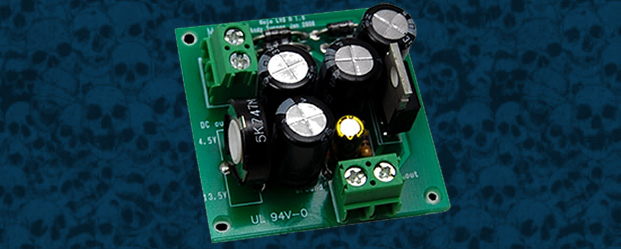
LVS-1 Internal AC to DC Variable Voltage Unit
LVS-1 12v Accessory Power Solution
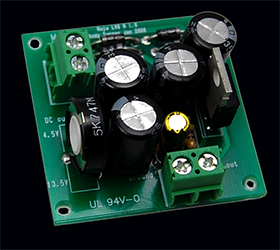 A while back I posted an article on you how you could use a ac to dc 12v wall wart and mount it inside your amp to power LED accent lights without having an external power supply for them. Well it turns out there is a better way to accomplish this and I have the details for you. Floating around the net is a diagram for building a bridge rectifier to tap into the 6.3 volt AC heater supply so you could have usable 12v DC to power LEDs or whatever. But what I found is much easier. MOJO TONE has a little gizmo called the LVS-1. It’s a little 1.75″ x 1.75″ PCB that uses 6.3v AC input and it outputs DC voltage through a trimmer that will adjust from 4.5v to 13.5v. So no matter how you set up your LEDs you can supply the correct voltage.
A while back I posted an article on you how you could use a ac to dc 12v wall wart and mount it inside your amp to power LED accent lights without having an external power supply for them. Well it turns out there is a better way to accomplish this and I have the details for you. Floating around the net is a diagram for building a bridge rectifier to tap into the 6.3 volt AC heater supply so you could have usable 12v DC to power LEDs or whatever. But what I found is much easier. MOJO TONE has a little gizmo called the LVS-1. It’s a little 1.75″ x 1.75″ PCB that uses 6.3v AC input and it outputs DC voltage through a trimmer that will adjust from 4.5v to 13.5v. So no matter how you set up your LEDs you can supply the correct voltage.
Installation was super easy. Once you’ve removed the chassis and drained the caps (you know, so you don’t get fried by the high voltages found inside all tube amps) you just solder a wire to each 6.3v connection on the amps PCB (see picture).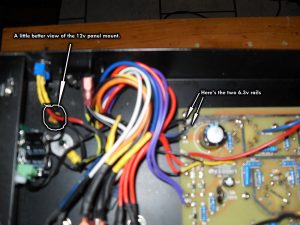
Connect them the the AC input on the LVS-1, then connect wires to the DC output connection and rout them through a micro on/off switch and a 12vDC panel mount jack. Drill a small hole in the back of the chassis for the switch and an appropriate size hole in the top of the chassis for the jack and mount them. To mount the LVS-1 to the chassis I used nylon panhead screws, nylon spacers, and nylon nuts. Clean.
For my LEDs I needed 12v. (here is where you really need to pay attention because you have to power up the amp and adjust the trimmer, so you’re gonna be in there with those lethal voltages. Keep one hand in your pocket). I used a 12v dc plug and left 4″ of wire 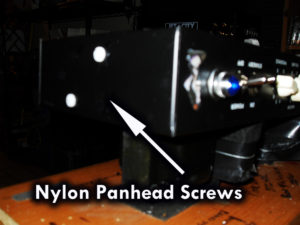 sticking out of it, stripped the tips and connected my volt meter via aligator clips to the wires , plugged it in to the jack and adjusted the trimmer to 12v. Afterwards I used the same plug and soldered the leads for the LEDs to it. Then I just mounted the LEDs in the top of the head and hot glued the wires around the inside to where the input jack is and once the chassis is back in and secured I plug the LEDs into the jack. Now when I need to remove the chassis for biasing or whatever i can unplug the LEDs and pull it out. THAT’S why used a panel mount jack. It’s a super clean installation and it works great.
sticking out of it, stripped the tips and connected my volt meter via aligator clips to the wires , plugged it in to the jack and adjusted the trimmer to 12v. Afterwards I used the same plug and soldered the leads for the LEDs to it. Then I just mounted the LEDs in the top of the head and hot glued the wires around the inside to where the input jack is and once the chassis is back in and secured I plug the LEDs into the jack. Now when I need to remove the chassis for biasing or whatever i can unplug the LEDs and pull it out. THAT’S why used a panel mount jack. It’s a super clean installation and it works great.
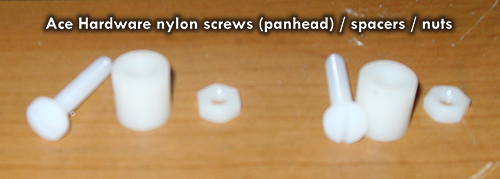
Here’s what the MOJO TONE site says about it.
This low voltage power supply (comes assembled) makes it possible to run any 4.5v-13.5v circuit inside your tube amp powered from your 6.3v heater line. This unusual circuit does something previously not possible with standard circuits, it retains the heater center tap as the ground point for the DC output – meaning your switching circuits or low voltage effects can still be grounded to the chassis.
So there you have it. Tidy little installation that takes not much time at all and performs as advertised. Sweet!
Link: mojotoneLVS1
NOTE: Sorry about the fuzzy images. My digital camera is going south on me so as soon as I get a replacement I’ll replace these with some sharp, clear images.
